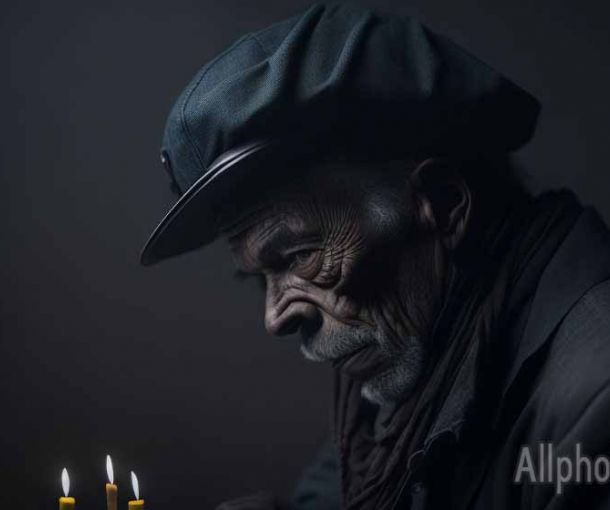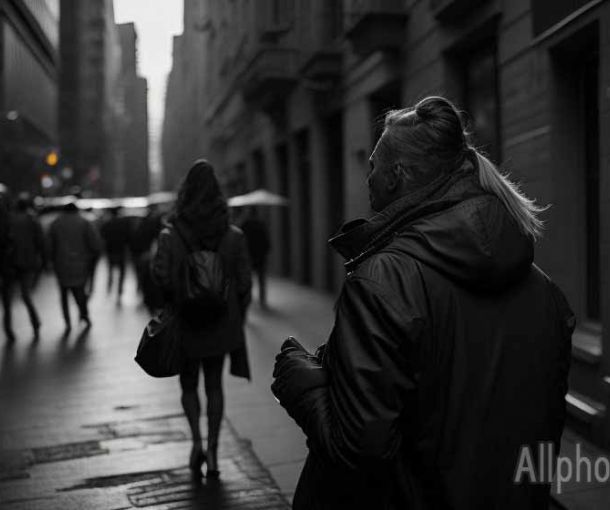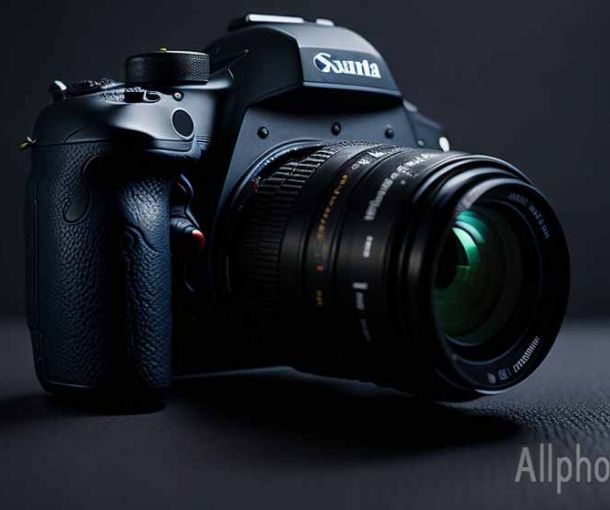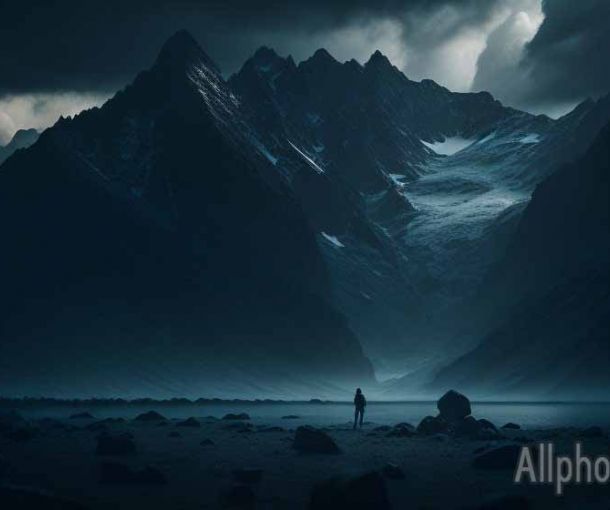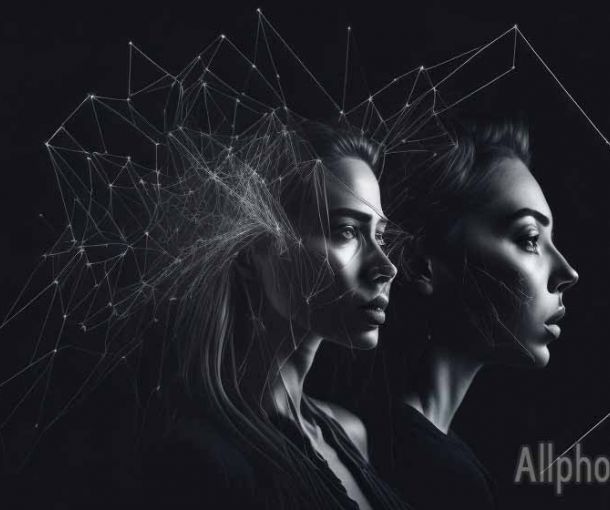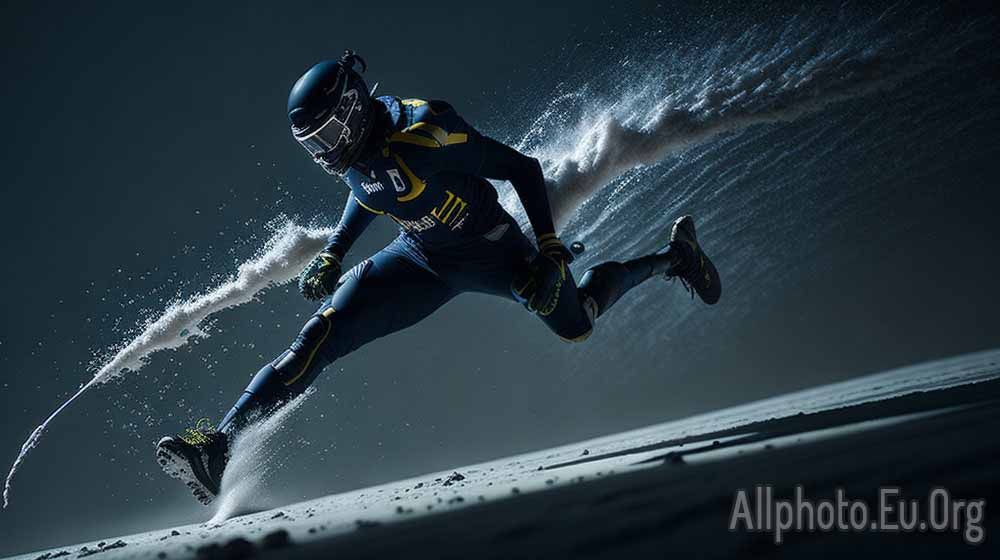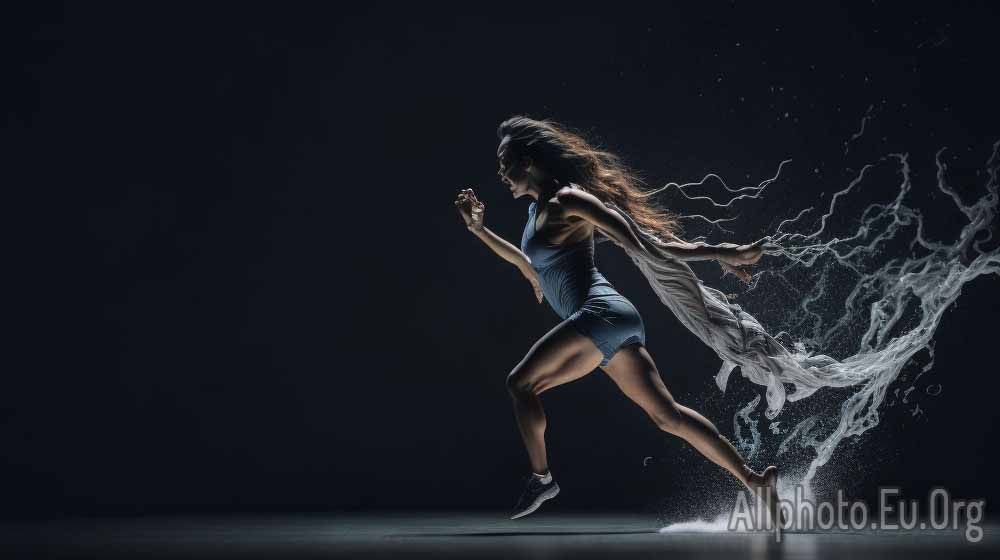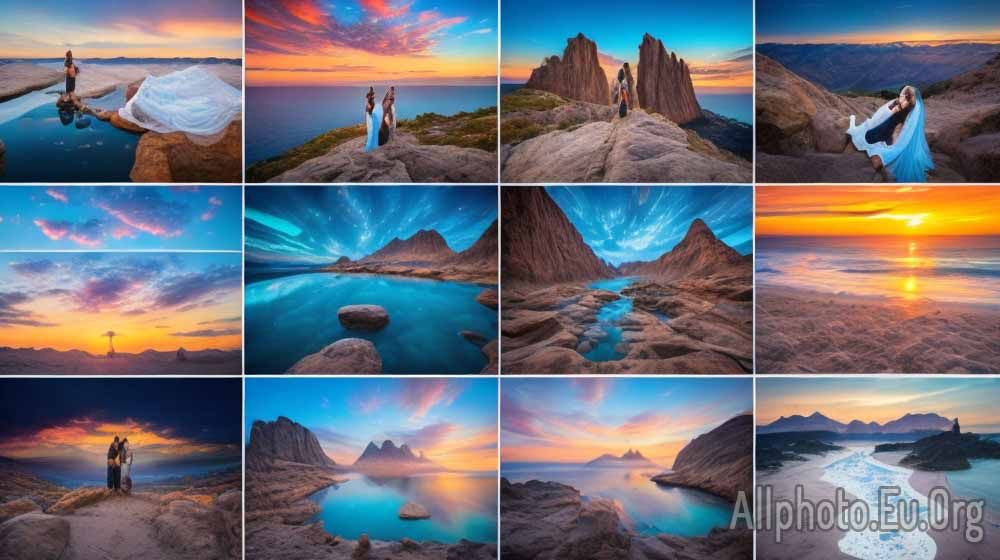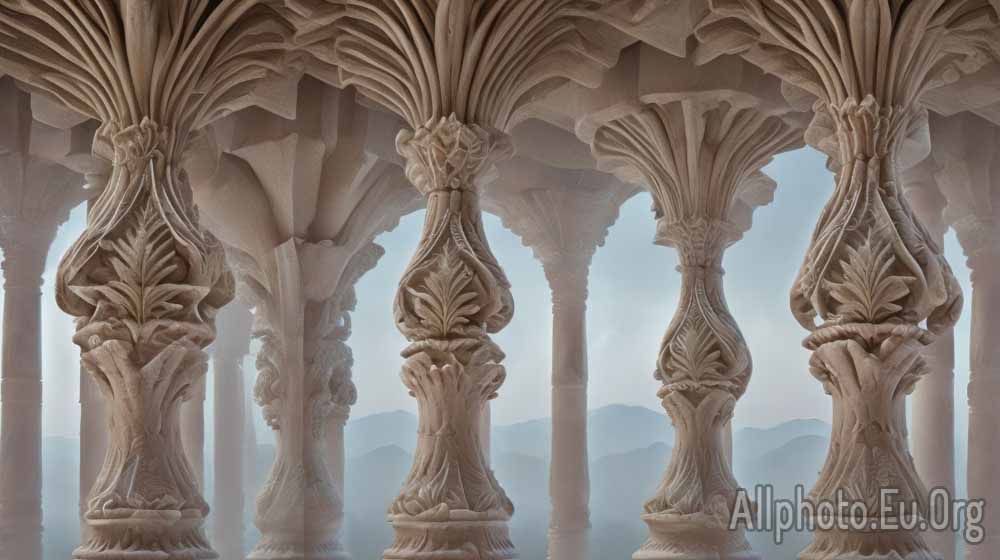The Beauty of Portrait Lighting: How to Use Light to Create Stunning Portraits
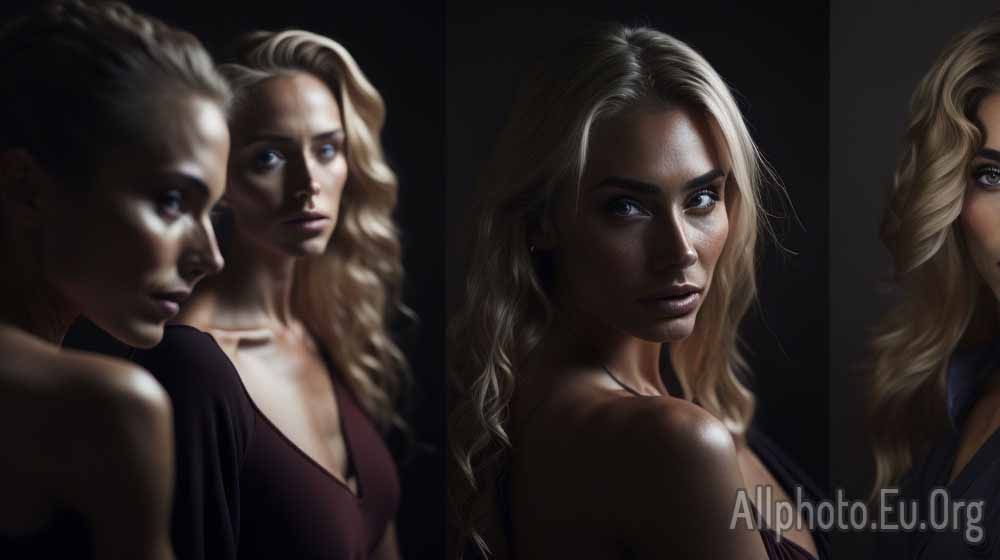
Portrait photography is a popular genre of photography that captures the essence of an individual. It is an art form that requires skill and knowledge of lighting techniques to create stunning portraits. The use of light is crucial in portrait photography, as it has the power to transform an ordinary portrait into a stunning masterpiece. In this article, we will discuss the beauty of portrait lighting and how to use light to create stunning portraits.
Understanding Light
Before we delve into the techniques of portrait lighting, it's essential to understand the basics of light. Light can be classified into two types: natural light and artificial light. Natural light comes from the sun and is available during daylight hours, while artificial light is created by humans and includes light bulbs, strobes, and flashes.
Light has four properties: intensity, direction, color, and quality. Intensity refers to the brightness of light, while direction refers to the angle from which light is coming. Color refers to the temperature of light, with warmer tones being yellow and cooler tones being blue. Quality refers to the softness or harshness of light.
Lighting Techniques
Now that we have a basic understanding of light let's dive into the different lighting techniques used in portrait photography:
- Natural Light: Natural light is a popular choice for portrait photographers, as it's readily available and can create stunning portraits. When shooting in natural light, it's essential to pay attention to the direction and quality of light. The best time to shoot in natural light is during the golden hour, which is the hour before sunset and after sunrise. The light during this time is soft and warm, creating a beautiful and flattering effect on the subject.
- Softbox Lighting: Softbox lighting is a popular choice for portrait photographers who prefer to use artificial light. Softboxes are light modifiers that create a soft, diffused light that's flattering to the subject. They are typically used in studio settings, and their size can range from small to large, depending on the photographer's preference.
- Beauty Dish Lighting: A beauty dish is another popular light modifier that's commonly used in portrait photography. It creates a soft, yet contrasty light that's flattering to the subject's face. It's typically used in fashion and beauty photography, as it enhances the subject's features and creates a dramatic effect.
- Rembrandt Lighting: Rembrandt lighting is a classic lighting technique that creates a triangle of light on the subject's face. It's named after the Dutch painter, Rembrandt, who used this technique in his paintings. It creates a dramatic effect on the subject's face and is typically used in portrait photography to create a moody or dramatic effect.
- Split Lighting: Split lighting is a lighting technique that's commonly used in portrait photography to create a dramatic effect. It involves placing the light source at a 90-degree angle to the subject, creating a split on the subject's face. It's commonly used in fashion and beauty photography to create a dramatic effect on the subject.
Conclusion
In conclusion, the beauty of portrait lighting lies in its ability to transform an ordinary portrait into a stunning masterpiece. The use of light is crucial in portrait photography, and understanding the different lighting techniques can help photographers create stunning portraits. Whether using natural light or artificial light, it's essential to pay attention to the direction, quality, and intensity of light to create a beautiful and flattering effect on the subject. With practice and experimentation, portrait photographers can use light to create stunning portraits that capture the essence of their subject.
Additionally, it's important to note that different lighting techniques can be combined to create unique and creative portraits. For example, a photographer can combine softbox lighting with Rembrandt lighting to create a soft yet dramatic effect on the subject's face.
When it comes to portrait lighting, there are no hard and fast rules. The key is to experiment with different lighting techniques, pay attention to the details, and understand how light affects the subject. As a photographer, it's important to be adaptable and creative, as each portrait subject is unique and may require a different approach to lighting.
In conclusion, the beauty of portrait lighting lies in its ability to create stunning portraits that capture the essence of the subject. By understanding the basics of light and experimenting with different lighting techniques, photographers can create beautiful and unique portraits that stand out from the rest. With practice and patience, anyone can master the art of portrait lighting and create stunning portraits that will be cherished for years to come.
Tags
Latest Articles
Most Read
All Tags
Subscribe
Donate
Please consider supporting our efforts.
© 2023 All-Photo.Cf All rights reserved.
